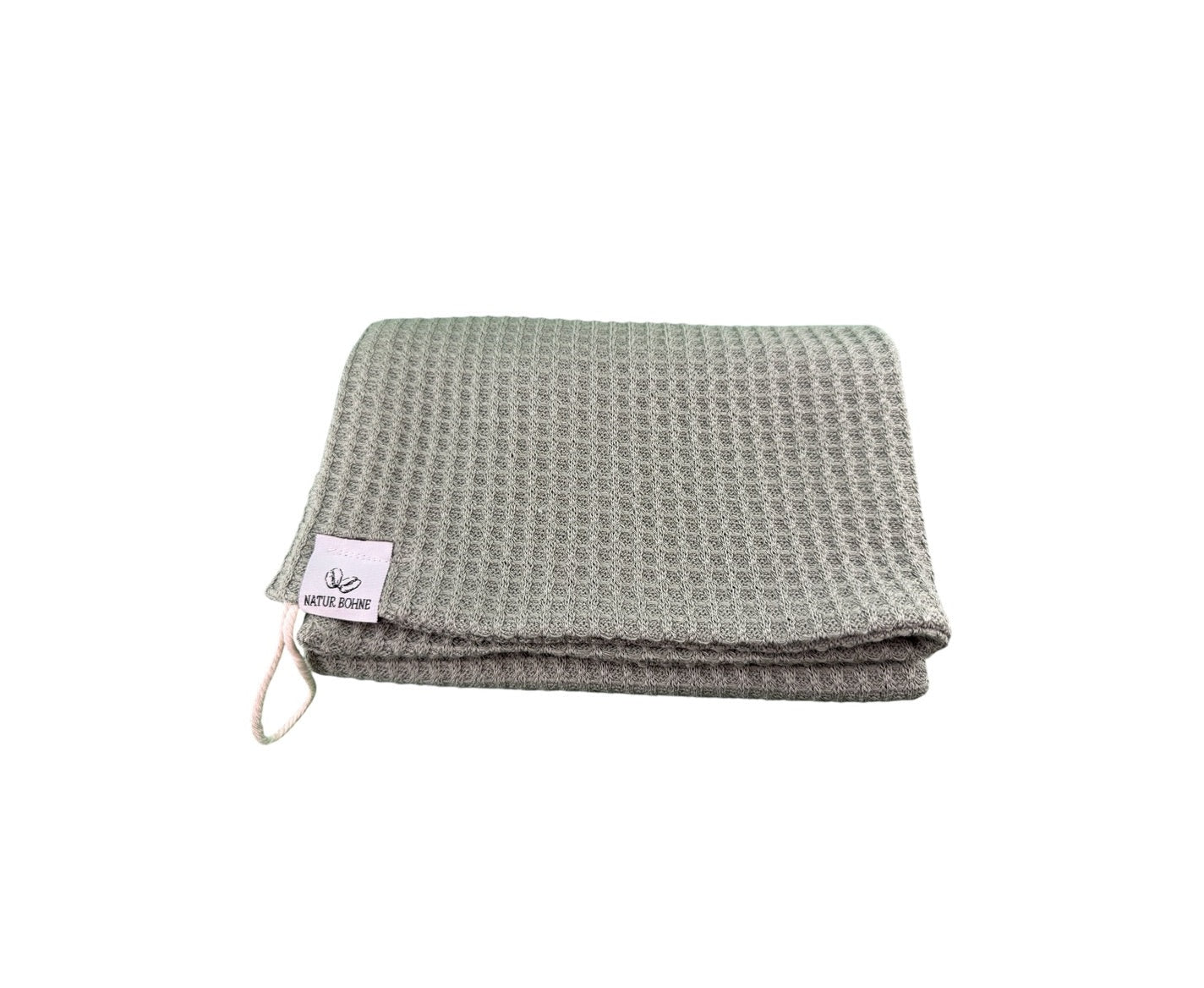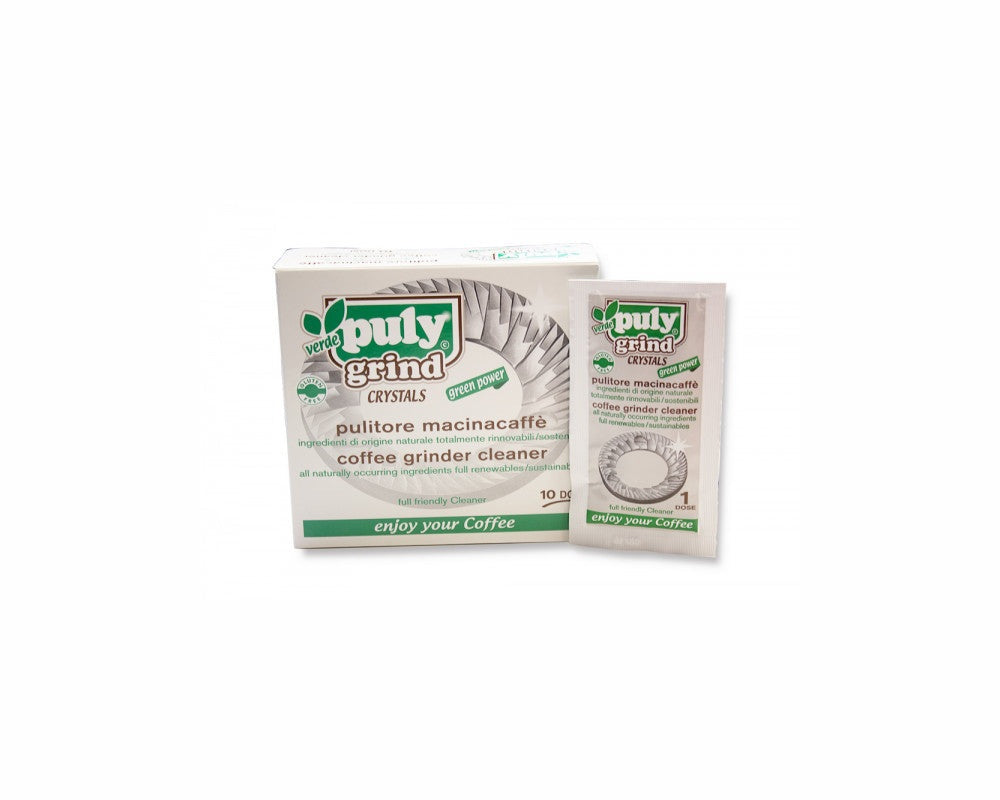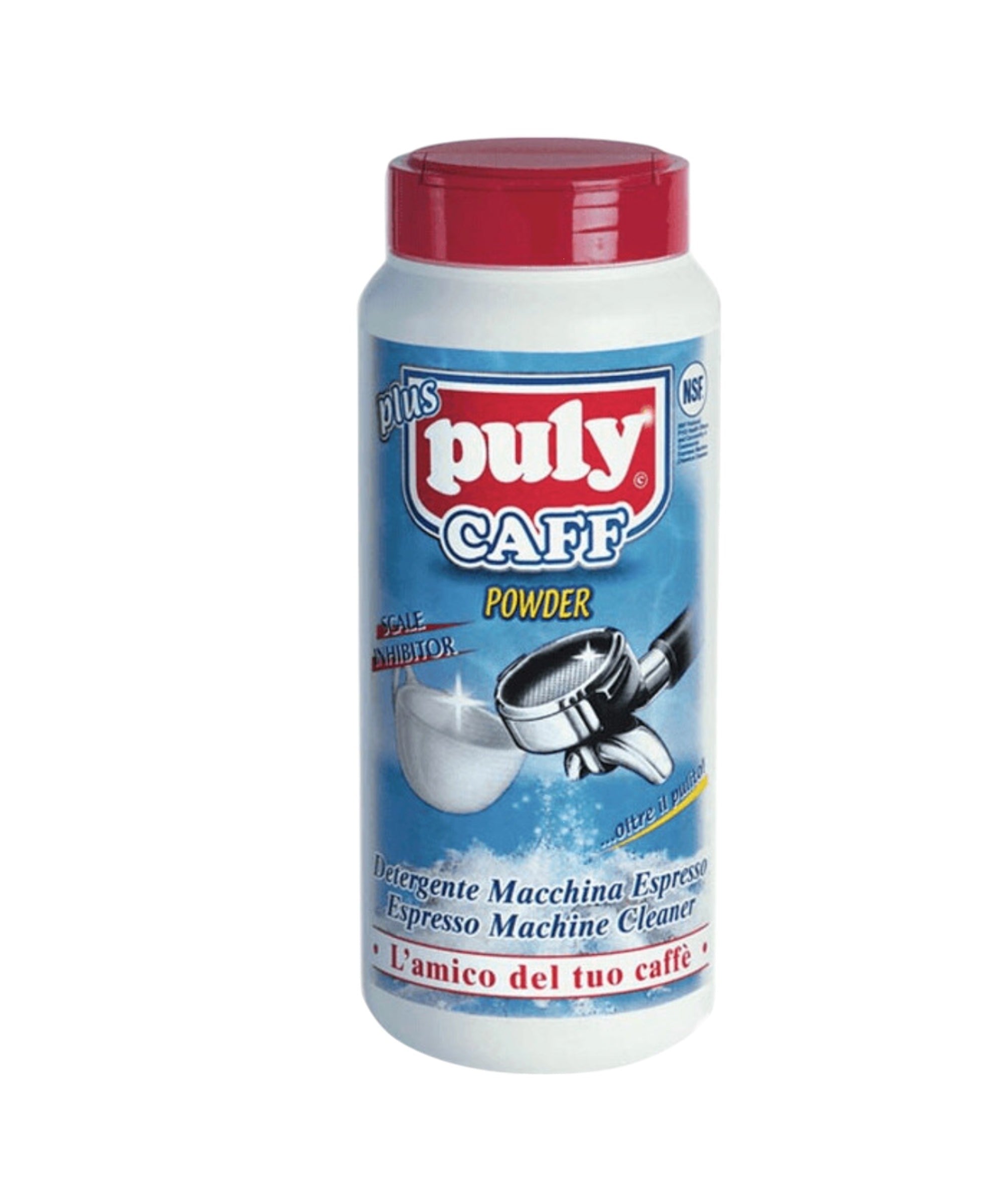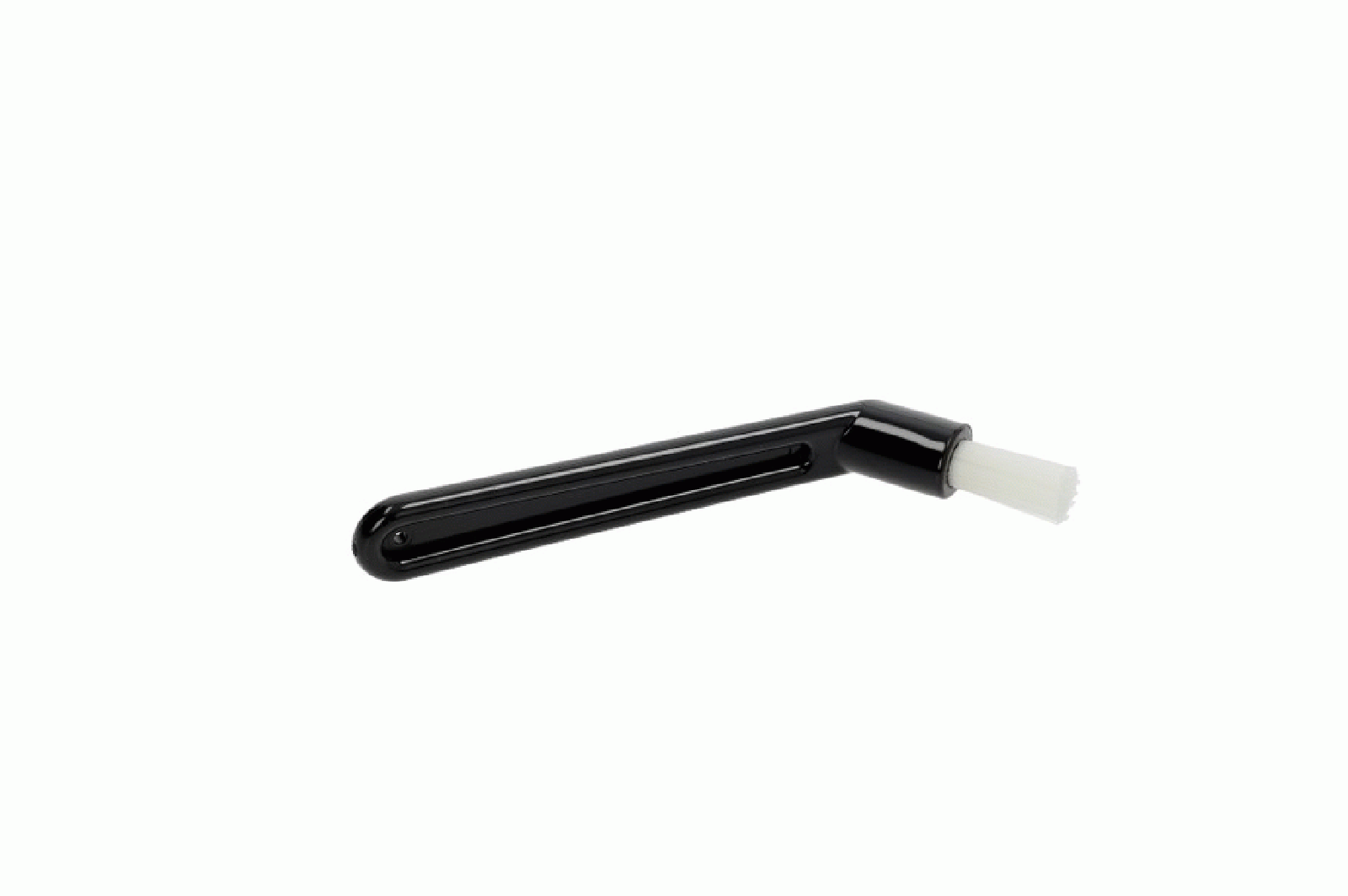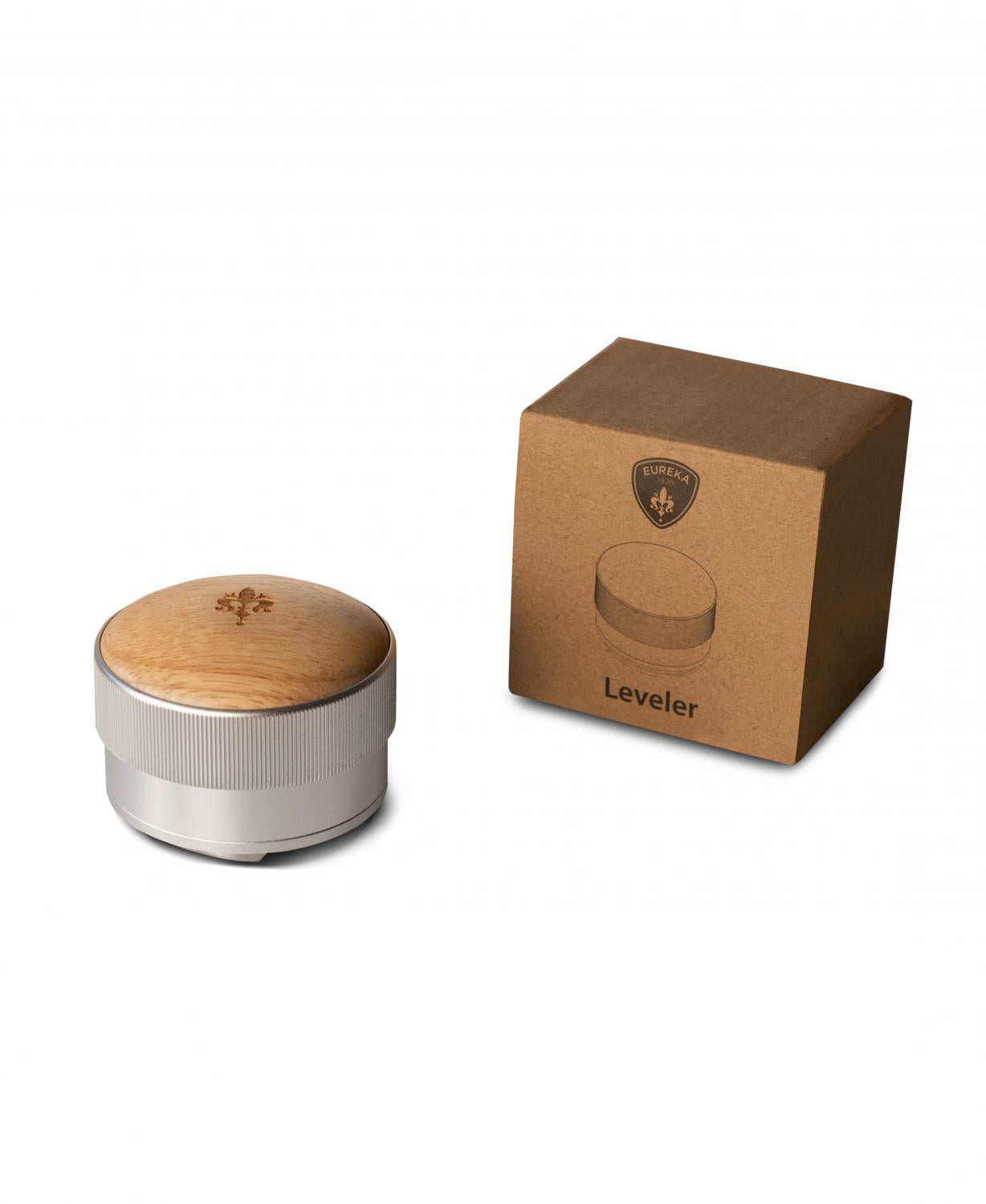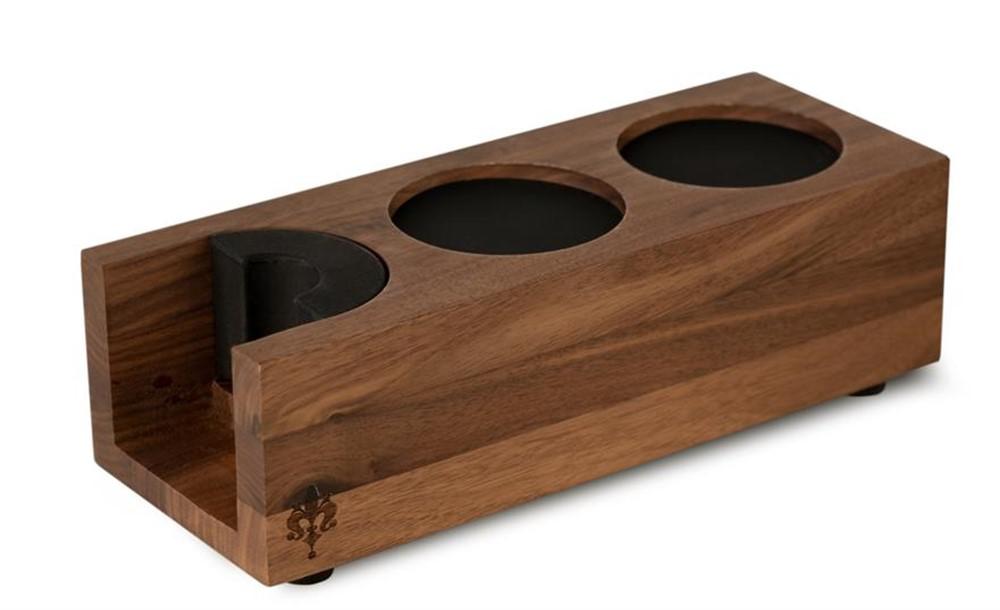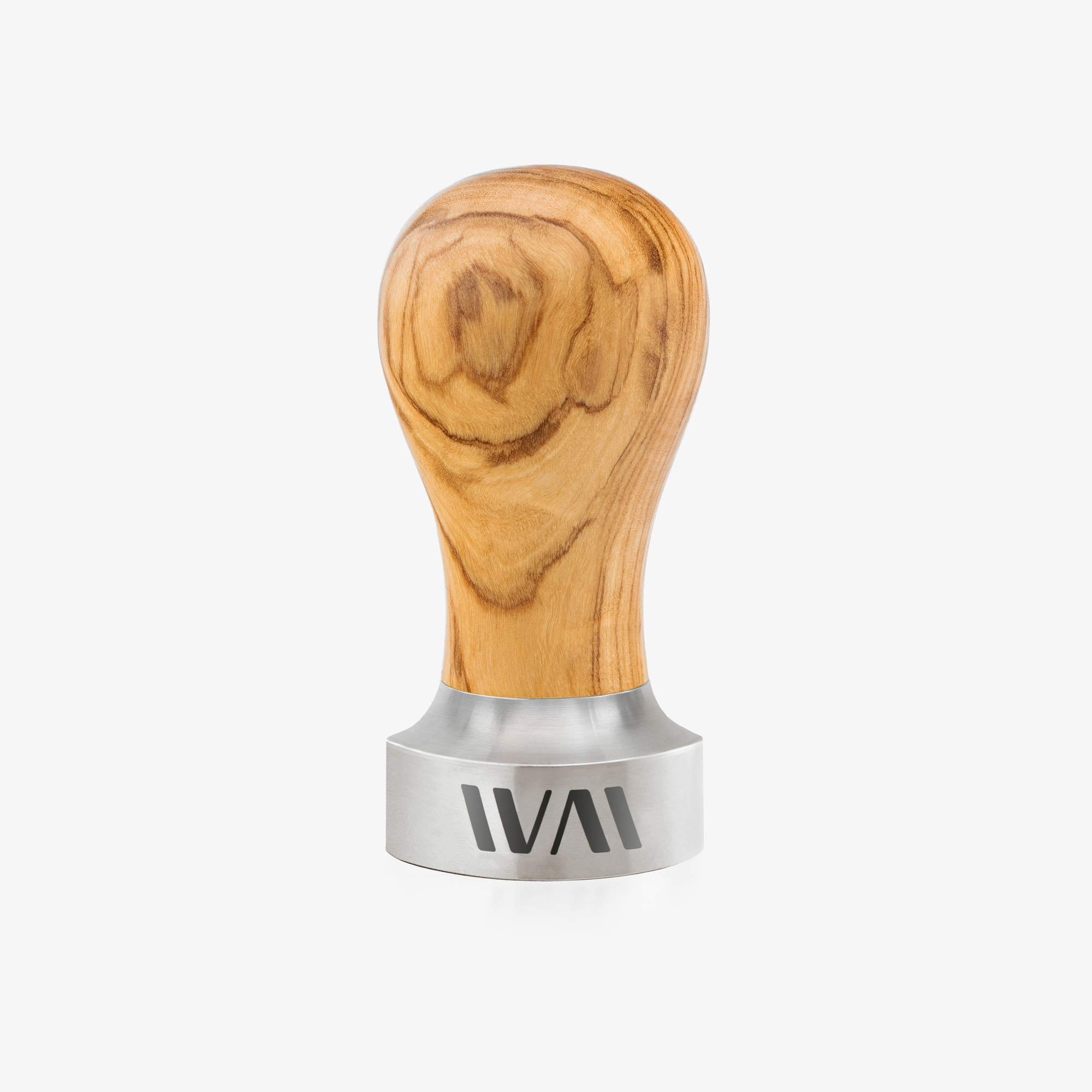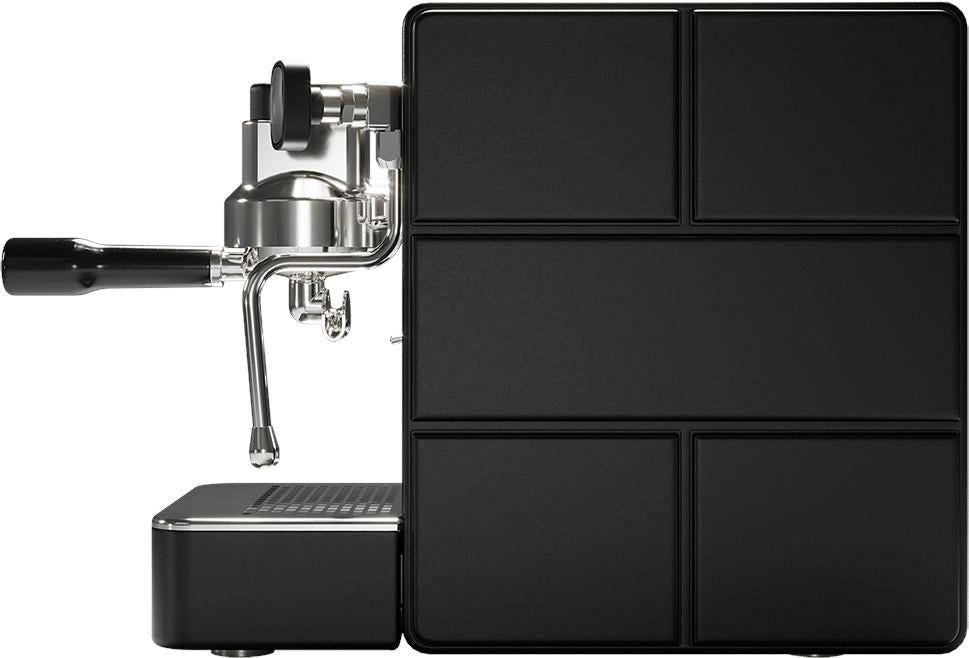




Stone Plus portafilter machine
inkl. Mehrwertsteuer
Finanzieren ab 51,70 € / Monat* mit
🚚✨ FREE shipping within Germany
🚚✨ FREE shipping within Germany
Passt wunderbar dazu

Stone Plus portafilter machine
Stone Espresso Plus – Compact. Powerful. Versatile.
The Stone Plus is the premium version of the innovative Stone series from Milan and combines the best of technology, design, and customization. With its dual-circuit system, a PID-controlled brewing group, and interchangeable slabs, it's not only a highlight for discerning home baristas—but also a design object for individualists.
What makes the Stone Plus special?
- PID-controlled brewing temperature (internally fixed, optimally adjusted)
- Dual-circuit system for simultaneous espresso and steam extraction
- Interchangeable magnetic side panels (slabs) – for maximum design freedom
- High-quality all-metal construction – no plastic, no compromises
- 200 W heating element directly in the brewing group – reduces the heating time to just 10 minutes
- Compact design (22.5 cm wide) – ideal for small kitchens with high demands
- No-burn steam wand – ideal for fine microfoam
Technical highlights
- Boiler: 1.7 l with heat exchanger
- Brewing group: Brass (>3 kg) with integrated PID control
- Steam chamber: 0.8 l for constant steam
- Power: 1000 W (boiler) + 200 W (brewing group)
- Water tank: 1.2 l, removable
- Dimensions: 22.5 × 44 × 35.5 cm (W × D × H)
- Weight: 20.5 kg
- Voltage: 220–240 V, 50/60 Hz
- Color: Black (slabs interchangeable)
- ECO mode & RGB status LED
The difference to Stone Lite and Stone Pure
| feature | Lite | Pure | Plus |
|---|---|---|---|
| Slabs (interchangeable panels) | ✘ (solid metal housing) | ✘ (solid side walls) | ✅ Magnetic, freely interchangeable |
| Scope of delivery portafilter | 1 portafilter | 2 portafilters | 2 portafilters |
| design | Very reduced | Classic, stainless steel | Customizable |
| heating system | Dual circuit, PID fixed | Dual circuit, PID fixed | Dual circuit, PID with additional functions |
| Application | Functional & affordable | Puristic | Flexible & design-oriented |
Who is the Stone Plus the right choice for?
The Stone Plus is ideal for design lovers and discerning home baristas who are looking for a compact, powerful machine without sacrificing individuality. With the ability to change the slabs, the machine can be adapted to your style at any time – be it stainless steel, black, wood look, or color. Perfect for anyone who wants to combine technology and aesthetics.
Discover now – and turn every espresso into a design moment with the Stone Plus.
Angaben zum Hersteller
* Bonität vorausgesetzt. Ratenbeispiel für PayPal Ratenzahlung: effektiver Jahreszins 12,49 % p.a., fester Sollzinssatz 11,80 % p.a., Laufzeit 24 Monate. Genaue Konditionen und Gesamtkosten werden im nächsten Schritt von PayPal angezeigt. Angebot gültig nur für Kunden mit Wohnsitz in Deutschland. Weitere Infos zur Bonitätsprüfung.
Natural bean barista cloth 40x40
Puly Grind mill cleaner 10x15g
Eureka Tamper Station (double)
Upgrade for your portafilter machine
Matching accessories
If you have any questions, please feel free to contact us at any time. We will get back to you as soon as possible, within 24 hours on weekdays.
-
Shipping info
We ship all products the same day if ordered before 1pm.
-
Support
We will also be there to support you and advise you after your purchase. If you have any questions about the product you purchased from us, please contact us.
-
Contact
Email: hello@naturbohne.de
Telefon: 07454 / 870 48 64
Frequently Asked Questions
I bought a new coffee grinder from Naturbohne and there are coffee residues in it.
Please note: Some manufacturers test their coffee grinders before shipping, which means that small coffee residues or bean residues can occasionally be found in the grinder. This procedure is used to test functionality and is considered a quality feature. Of course, we only sell new products - unless expressly stated otherwise.
Static charge – coffee grounds spray out from the side
With some coffee grinders, the ground coffee can become statically charged and spray out of the portafilter at the side. This means that not all of the ground coffee gets into the portafilter, which can lead to uneven extraction. Our recommendation: Use a dosing funnel to ensure that all of the ground coffee is precisely fed into the portafilter - for optimal espresso enjoyment.
What is dead space in coffee grinders?
Conventional coffee grinders often leave a so-called dead space in which coffee residues accumulate. These residues can not only affect the freshness, but also lead to old and fresh coffee grounds being mixed, which negatively affects the taste. In contrast, single dose grinders have a well-thought-out design that eliminates the dead space. Each portion is ground individually and precisely so that no residues are left behind - for a consistently pure and full-bodied coffee experience.
Which portafilter fits my espresso machine?
When choosing the right portafilter for your portafilter machine, it is important to know that each manufacturer develops its own brewing group - the most well-known is the Faema E61. However, this does not mean that any portafilter will fit without any problems. An incompatible portafilter can leak, which will have a direct negative impact on the quality of your espresso. We therefore recommend using either the portafilter originally supplied or one that is explicitly stated to be compatible with your machine. This will ensure that the pressure is optimally built up and the espresso is perfectly extracted.
Can I visit you or pick up the goods personally?
Yes, of course, you are welcome to come by and look at our products by appointment. We would be happy to advise you personally. The best thing to do is to send us an email with a few suggested appointment times.
We are located 5 minutes from the motorway between Stuttgart and Lake Constance on the edge of the Black Forest.
Important note, first use coffee grinders
Another little tip for the perfect start with your new mill:
You will get the best grinding result after you have ground about 1-2 kg of beans. It is best to use a few cheap beans so that the grinder can work optimally. And if you are wondering what you can do with the bean flour - it is perfect plant fertilizer! 🌿
It contains nitrogen, potassium, sulfur and phosphorus and is a real nutrient bomb for your plants.
Könnt ihr bei meiner Siebträgermaschine eine Offset Kalibrierung durchführen ?
Es gibt einige Argumente, die gegen eine Offset-Kalibrierung bei Lelit-Siebträgermaschinen sprechen, insbesondere bei Modellen wie der Lelit Bianca. Diese beziehen sich vor allem auf die Komplexität und die Limitierungen des Offsets als alleinige Lösung für Temperaturprobleme:
- Temperaturschwankungen und Instabilität. Der Offset berücksichtigt eine konstante Differenz zwischen Kesseltemperatur und Brühtemperatur. In der Praxis können jedoch Temperaturschwankungen auftreten, z. B. durch längere Standzeiten oder kontinuierliches Brühen. Dadurch ist die tatsächliche Brühtemperatur nicht immer präzise vorhersehbar.
- Abhängigkeit von Umgebungsbedingungen. Faktoren wie Raumtemperatur, Luftfeuchtigkeit und der Zustand der Maschine (z. B. Aufheizzeit) beeinflussen die Brühtemperatur erheblich. Ein fester Offset kann diese Variablen nicht dynamisch ausgleichen, was zu ungenauen Ergebnissen führen kann.
- Wärmeverlust bei Standzeiten. Nach längeren Pausen kühlt die Brühgruppe ab, und die Maschine benötigt Zeit, um wieder auf die gewünschte Temperatur zu kommen. Ein korrekt eingestellter Offset kann dies nicht kompensieren, weshalb zusätzliche Maßnahmen wie ein “Cooling Flush” nötig sind.
- Fehlkalibrierungen ab Werk. Bei einigen Lelit-Modellen wurde festgestellt, dass der Offset ab Werk oft ungenau eingestellt ist (z. B. 4–8 Grad zu niedrig bei der Lelit Bianca). Dies erfordert eine manuelle Nachkalibrierung durch Fachpersonal, was für Endnutzer kompliziert sein kann.
- Missverständnisse in der Anwendung. Viele Nutzer sind durch widersprüchliche Informationen zur Offset-Einstellung verunsichert, was zu Fehlanpassungen führen kann. Beispielsweise wird oft erwartet, dass der Offset allein alle Temperaturprobleme löst, obwohl er nur ein Teil eines komplexeren Systems ist.
Fazit
Die Offset-Kalibrierung ist ein nützliches Werkzeug, aber sie sollte nicht isoliert betrachtet werden. Eine Kombination aus präziser PID-Steuerung, regelmäßiger Wartung und angepassten Techniken (z. B. Spülshots) ist notwendig, um optimale Brühergebnisse zu erzielen.
Do you have any more questions?
Contact
If you have any questions about our products, please write to us here or use the chat function.
